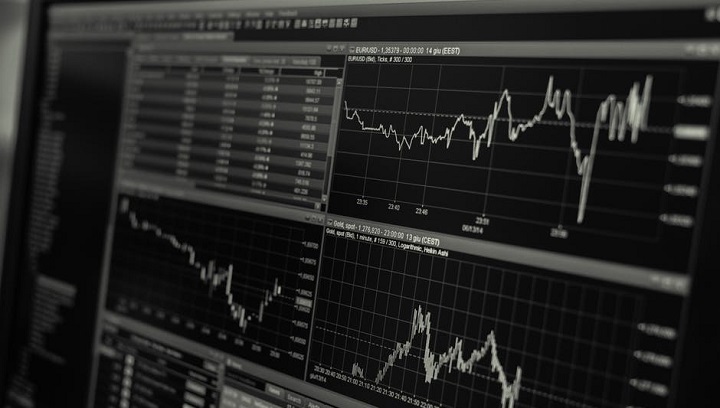Often, one of the first trading scenarios and potential trade setups that a trader learns is the trading range breakout. This is because it is easy to identify and knowing when to enter is relatively simple – enter the trade when it moves beyond the trading range.
There are likely many reasons people trade range breakouts. One may be the belief that range breakouts can provide extraordinary returns whilst the tradable is launched out of its holding pattern. Whatever the reason, trading range breakouts is an unprofitable endeavor for most novice traders, and this information will explain three reasons why.
1. False Breakouts
The first reason is that by the very nature of a trading range chances are very good there will be multiple false breakouts. A false breakout is when price moves beyond the previously established price range, then it comes back into the prior price range.
Since a range is just a contained battle between buyers and sellers both pushing in opposite directions, these false breakouts often occur because support and resistance aren’t 100% accurate. While filters can be added to lessen the number of false breakouts that are traded, these losing trades cut into profits which are created by trading the best breakout.
2. Corrections to Breakout Point
As the false breakouts cut into profits made on legitimate breakouts, a further problem often arises. The next scenario is typical: a trader is elated to see paper profits mount as price moves out from the range and they are certain this is it, only to see the stock retreat back to their entry price.
Often this price action results in the trader taking a very small profit or another small loss since they now feel this really is likely to be another false breakout.
The trader watches in frustration at having gotten out from the trade on the correction only to see so it was actually a breakout.
Roughly half of the breakouts that occur from trading ranges retrace back to the breakout point before continuing in the first breakout direction. Combine this by the higher level of false breakouts and most novice traders lose money on the gyrations and end up missing the big move when it occurs.
3. True Price Explosions are Rare
This brings us to another problem – large moves are rare, given the number of potential ranges to trade. Like picking a winning ticket out a drum of potentially a huge selection of participants, big gains don’t happen as much as the novice trader thinks. While range breakout examples tend to be used showing an investment or commodity breaking out and making a large percentage profit, this is not always the case.
With potentially a huge selection of ranges being traded in numerous instruments in markets all over the world, what’s the likelihood of picking the few which will eventually explode for massive gains?
The probability is not high, but yet it is the dream of breakout traders to have that trade and ride it out for a huge profit. This really is rare, and given the two other issues two issues just discussed, the trader is usually not even in the trade when that move finally does occur.
Ranges are easy to spot, making the trading range breakout strategy very popular. Yet many traders lose money with this strategy, for the reason that of false breakouts, corrections to the breakout point and unrealistic expectations.
So how can we overcome the problem with a range breakout?
Strategies that are likely to provide traders with increased success involve being patient and awaiting the breakout to happen, then trading the trend if it occurs, or awaiting a correction and seeing if the price resumes the breakout direction.
Please see my reviews Stock Picking Service Newsletters:
Dan Zanger – Chartpattern.com Review
Harry Boxer – The Tech Trader Review
– Robert Walsh





